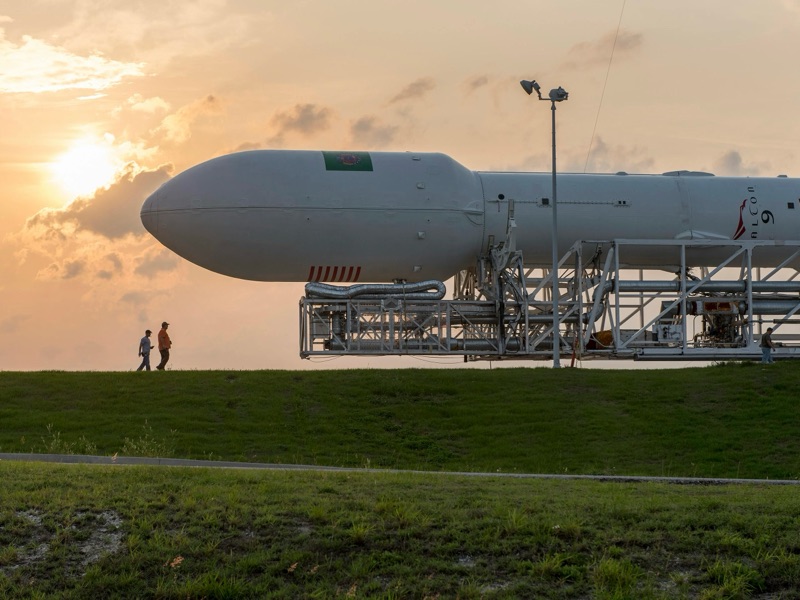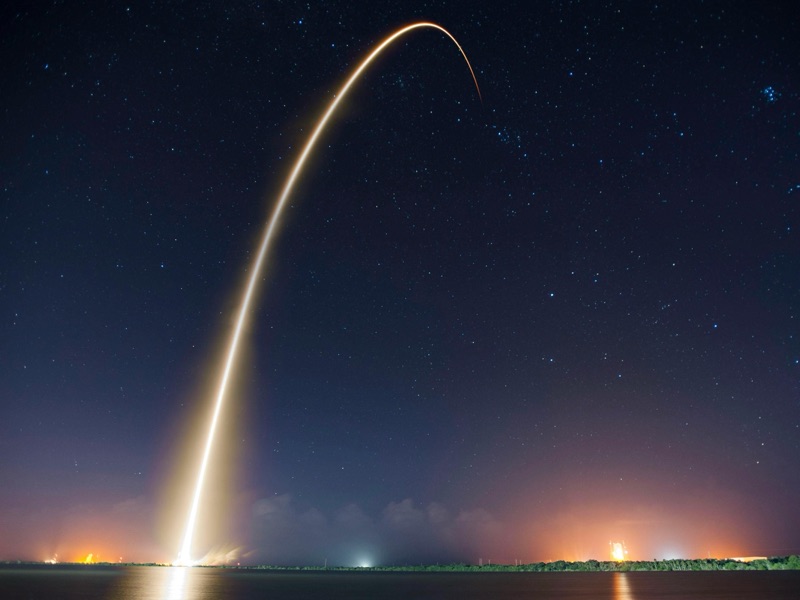For decades, the concept of harvesting resources from space has danced between science fiction and scientific ambition. But as our technological capabilities grow and Earth’s resources face increasing strain, asteroid mining—specifically the extraction of rare and precious metals from space rocks—has begun to seem less like a fantasy and more like a future industry poised for liftoff.
Why Mine Asteroids?
Earth’s crust holds a limited supply of essential metals like platinum, gold, iridium, and rare earth elements. These resources are not only crucial for electronics, renewable energy technologies, and medical devices, but their extraction on Earth is increasingly costly—both economically and environmentally.
Asteroids, especially metallic ones, are believed to contain vast quantities of these same elements, often in much higher concentrations than terrestrial ores. Some scientists estimate that a single kilometer-wide asteroid could contain more platinum-group metals than have ever been mined on Earth.

Types of Asteroids Rich in Metals
Asteroids come in various types, but three main classifications stand out:
- C-type (Carbonaceous) – Rich in water and organic compounds. Useful for fuel and life support in space but not metal-rich.
- S-type (Silicaceous) – Contain some metals along with silicates. Good for mining nickel and iron.
- M-type (Metallic) – Composed largely of nickel-iron and potentially rich in platinum-group metals. These are the prime targets for mining operations aiming to retrieve valuable metals.
Mining in Microgravity: The Technical Challenge
Mining an asteroid is not like digging into the ground on Earth. In space, there’s no gravity to help machines stay anchored, nor any atmosphere to carry dust away. Tools and humans (if present) must be secured. Additionally, the mining process must work in near-zero gravity, extreme temperatures, and high radiation.
Some proposed mining techniques include:
- Robo-mining: Autonomous robots could chip away at the surface and extract ore.
- Thermal extraction: Using sunlight or concentrated lasers to vaporize rock and collect metal vapors.
- In-situ resource utilization (ISRU): Processing materials directly on the asteroid to reduce the amount of mass that must be returned to Earth.

Economic Incentives and Market Realities
At first glance, the prospect of bringing back tons of platinum or gold seems like a guaranteed profit. However, economic feasibility hinges on several factors:
- Cost of launch and return: Even with reusable rockets, space missions are expensive. To be profitable, the value of mined materials must vastly outweigh these costs.
- Market saturation risk: Flooding Earth’s market with rare metals could dramatically reduce their value, undermining the return on investment.
- Legal ambiguity: The Outer Space Treaty (1967) prohibits nations from claiming celestial bodies, but private ownership of space resources remains a gray area. The U.S. and Luxembourg have passed laws permitting space mining companies to own what they extract, but international consensus is still evolving.
Who’s Leading the Charge?
Several companies and space agencies are exploring the feasibility of asteroid mining:
- NASA has missions like OSIRIS-REx, which collected samples from asteroid Bennu, not for mining but to better understand asteroid composition.
- Planetary Resources and Deep Space Industries (both now defunct or absorbed into other companies) were early pioneers in promoting asteroid mining.
- SpaceX, while not a mining company, is building the launch infrastructure (like the Starship) that could make asteroid missions more cost-effective.
- China and Japan have conducted successful asteroid sample-return missions, building foundational knowledge for future resource exploitation.

The Space Economy’s Long Game
Mining asteroids may not be immediately profitable, but its greatest value may lie in supporting a space-based economy. Rare metals harvested in space could be used to build satellites, spacecraft, and habitats without the need to launch all materials from Earth—a game-changer for space colonization and interplanetary travel.
In this context, the most valuable resource might not be gold or platinum, but water—vital for drinking, breathable air, and as a source of hydrogen and oxygen for rocket fuel. Access to asteroid water could fuel space stations, lunar bases, or Mars missions, reducing our dependence on costly Earth-based supply chains.
Conclusion: From Vision to Venture
Asteroid mining represents one of humanity’s most audacious and high-stakes gambles: to turn ancient space rocks into the foundation of a sustainable, off-world economy. While enormous technological, legal, and financial hurdles remain, the potential payoff—in resources, strategic advantage, and scientific knowledge—is nearly limitless.
As Earth’s resources dwindle and our presence in space expands, the day may come when mining asteroids is not only possible but essential. Until then, the race is on to be the first to strike celestial gold.
Comments
Post a Comment